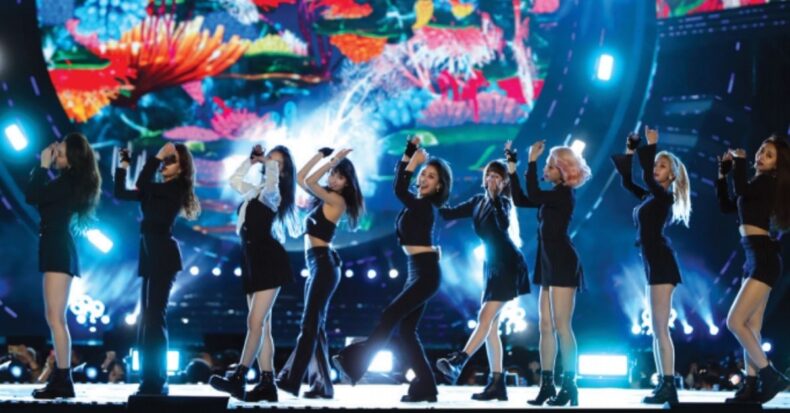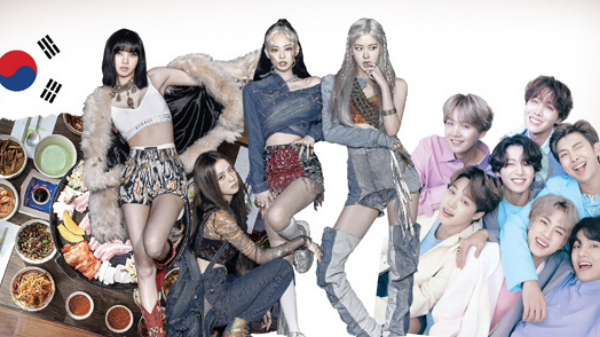HALLYU : ALL ABOUT THE GREAT WAVE
Hallyu or The Korean Wave refers to the unprecedented yet massive growth of the Korean culture and economy as seen worldwide.
South Korea’s cultural economy is taking reigns globally as Indians and Americans alike are seen dancing to Korean songs, binge-watching Korean dramas and even trying out viral Korean dishes.
Originally a Chinese term, Hallyu is a collective term used to portray the phenomenal growth of Korean culture in every aspect thanks to globalization and greater interconnectedness.
Interestingly, this phenomenon isn’t a casual one that is birthed on its own. South Korea is one of the top countries to become the world’s leading exporter of popular culture.
PATHWAY TO SOFT POWER
Harvard political scientists coined the term “soft power” in 1990. It refers to the abstract power a country boasts through its image rather than brutal force.
Countries benefit and employ the concept of soft power by leveraging on a desirable image that is usually cool.
Hallyu has been a blessing for Korea, giving a boom to its businesses, culture and nation’s image. The trend is, in fact, so massive that it contributes to 0.2% of Korea’s GDP, which amounts to USD 1.87 billion.
Recently, it went as high as USD 12.3 billion boosts on the Korean economy. Today, South Korea is the world’s 12th largest economy.
FACTORS CONTRIBUTING TO HALLYU
Lifting travel bans
In the 1990s, when the Korean government lifted a ban on foreign travel for Koreans, it opened up the gates for exploration.
Koreans went to the western world, pursued studies there and settled while some came back with the west of values to Korea.
This cultural exchange gave birth to a new perspective of doing business, cinema, music and other forms of creative expression.
Structural reintegration
This is where Korean chaebols or diversified conglomerates come into the picture. After the financial crisis of 1997-98, Korea was determined to rebuild its economic image on a global scale.
For this purpose, they opened a national “Korea: On Course- and Open for Business” initiative aimed at international investors.
Therefore, the Korean president at the time, President Kim Dae-Jung, pushed for information technology and popular culture as the two critical drivers for future Korea.
Samsung is a prime example of such a chaebol wherein the company used the crisis to push an enhanced internalization.
Doing away with censorship
For a very long time, creative independence was curbed in the wake of the laws that prohibited movie makers and other forms of art considered controversial.
In 1996, this ban was lifted, and a mass barrage of topics was open for exploration. It was during this period that a lot of influential artists rose to popularity.
Diversion on branding by leading Korean companies
It was when major chaebols like Samsung and LG increased their emphasis on equality, design, marketing and branding, that these brands rose on a global scale.
At the same time, when demands for these products grew globally, the quality of these products got better with time.
The shift of finances onto infrastructure
Korea is one of the top few countries that invests funds into the nation’s state-ups.
For instance, in 2012, government funds made up more than 25% of all venture capital money disbursed in Korea. Currently, one-third of all capital in Korea is spent on ventures involving the entertainment industry.
Growth of Hallyu
The entertainment arena has certainly expanded across the region and world at a massive pace. Many local singers and creative artists have even adapted western forms of expression and given rise to a big rage.
These entertainment products such as music, movies, and drama series have initiated the phenomenal growth of Hallyu.













